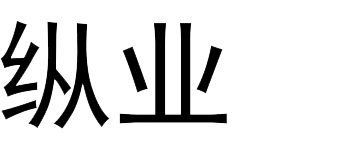How to design custom D-type bulk bags for moisture-proof materials
2025-08-04 14:24
In industrial production and logistics, moisture-proof materials have stringent requirements for the moisture-proof and protective performance of packaging. D Type FIBC, with its unique structure and adaptability, has become the preferred solution for moisture-proof material packaging. This article will discuss how to choose a suitable FIBC for moisture-proof materials, detailing the key points for customizing FIBCs for moisture-proof materials. D Type FIBC D for moisture-proof materials.
Moisture-proof materials include desiccants for electronic components, food-grade desiccants, and raw materials for building moisture-proof coatings. Different materials have different requirements for moisture-proofness, damage resistance, and corrosion resistance. For example, electronic desiccants have a high risk of failure when exposed to moisture, and food desiccants have stringent hygiene standards, requiring targeted design.
First, the temperature and humidity of the transportation route, loading and unloading scenarios (frequency of forklift and crane operations), stacking height, etc., must be clarified. If the moisture-proof material is transported by sea, it must withstand high humidity and high salinity environments; if it is stored and transported in cold regions, the FIBC must also have low-temperature resistance to avoid embrittlement and breakage.
Secondly, high-strength polypropylene PP ) woven fabric is preferred, which has high tensile strength and wear resistance, ensuring the load-bearing capacity and durability of the FIBC. For high moisture-proof requirements, a multi-layer composite structure can be used. Using low-density polyethylene LDPE ) inner liner bags have excellent sealing and moisture-proof properties. If the moisture-proof material has anti-static or anti-corrosion requirements, functional inner liners can be customized, such as adding anti-static agents to PE film, or acid and alkali-resistant polyvinyl chloride PVC ) film (food-grade material compliance must be noted).
D Type FIBC side is " D " shaped, which can increase the effective volume of the bag body and make the force more uniform. During design, adjust the height and diameter ratio of the bag body according to the stacking height of the moisture-proof material. Generally, the height-diameter ratio is controlled at 1.2 - 1.5 , balancing load-bearing capacity and stability, and preventing deformation and collapse of the bag body during stacking.
Reinforcing lining is added to the easily worn parts of the bag body (such as the bottom and sling connection), and multi-layer woven fabric is overlapped and sewn to improve local strength; if the moisture-proof material is afraid of being squeezed, an elastic support structure (such as a built-in plastic frame) can be set inside the bag to maintain the shape of the bag body and protect the material from damage.
Woven fabric production, control PP the weaving density of the woven fabric. High-density weaving can enhance moisture-proofness and tensile strength, but the breathability needs to be balanced (except for special moisture-proof materials that require complete sealing);
Type FIBC D for moisture-proof materials requires deep integration of material characteristics, storage and transportation scenarios, and structural functions. From needs mining to material scientific selection, and then to structural process optimization, every step is related to the quality assurance of moisture-proof materials. Through customized design, D Type FIBC can become moisture-proof material storage and transportation, helping enterprises reduce costs and increase efficiency, and protecting product value.




